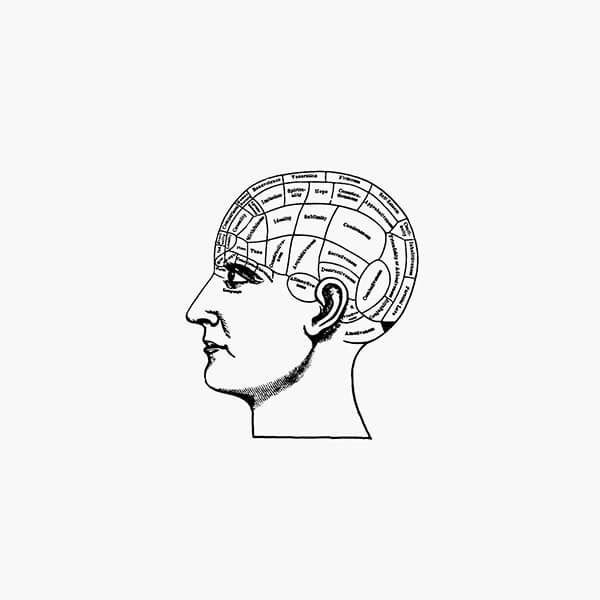



























Morgana
5124 Il Bestiario di Cambridge
Anonymous. Texts by Francesco Zambon, Umberto Eco
1974 / 256 PAGES.
Language: Italian edition
Edifying books in the past, as they mirrored a universal Holy book, today we turn to bestiaries out of unhealthy curiosity, finding in them surprising places that enable us to take a break from ourselves and from the most persistent of our fates: the production of meaning.
For medieval people, animal bodies – endlessly silent and almost sealed in Non-Thinking for us – represented not only coats of arms of incredible geographies, but also hieroglyphics of the Cosmos and Truth. Thus, they sometimes saw Christ symbolised by the gentle panther with its fragrant breath, while forests, deserts and capitals were teeming with beasts that symbolise the two partners, divine and demoniacal, fighting endlessly to conquer human souls. This first Italian translation (by Silvia Ponzi) of the 12th-century Cambridge Bestiary – the most lavish, complete and clear zoological compilation of the Middle Ages, enhanced by stunning illustrations – is introduced by a foreword by Umberto Eco and an obstinately and exquisitely erudite note by Francesco Zambon.